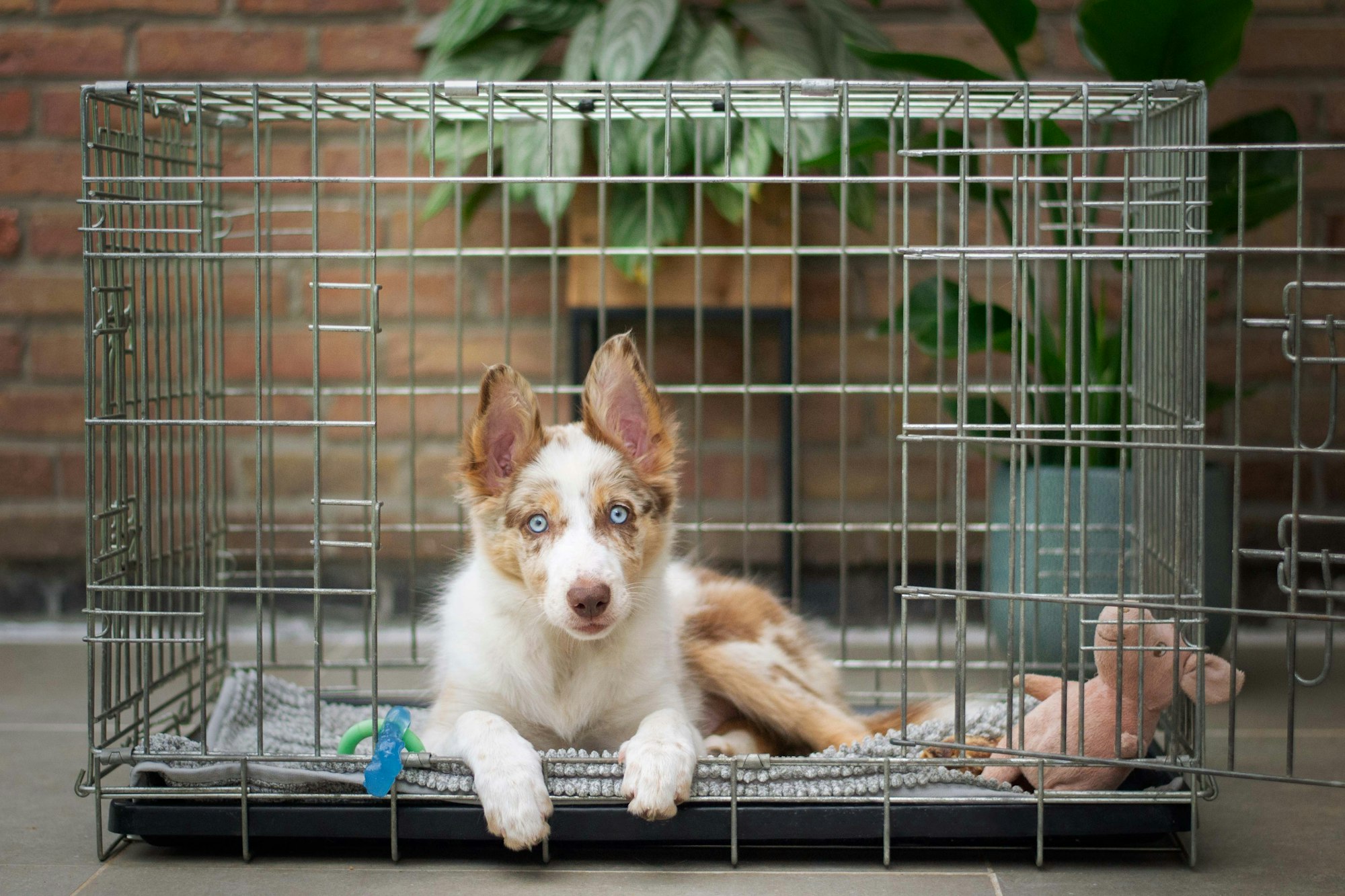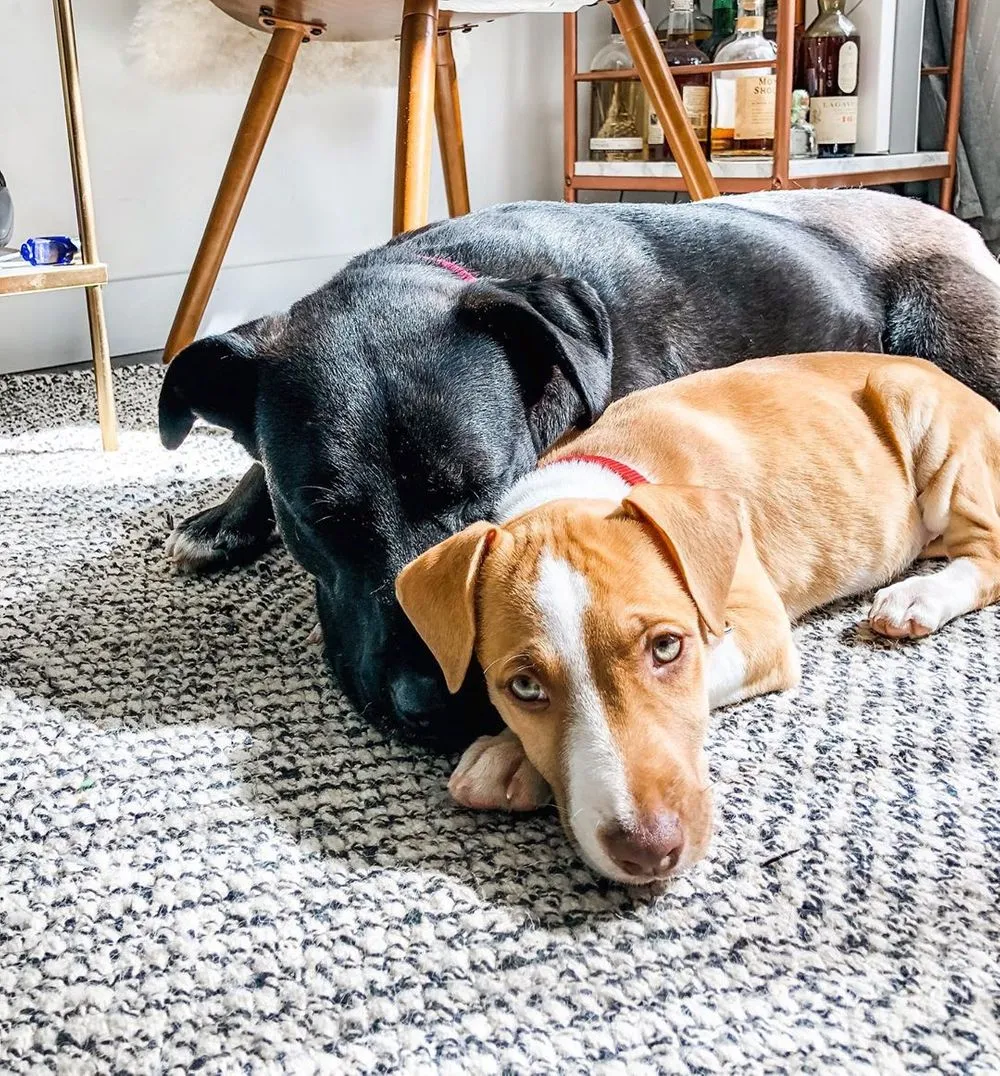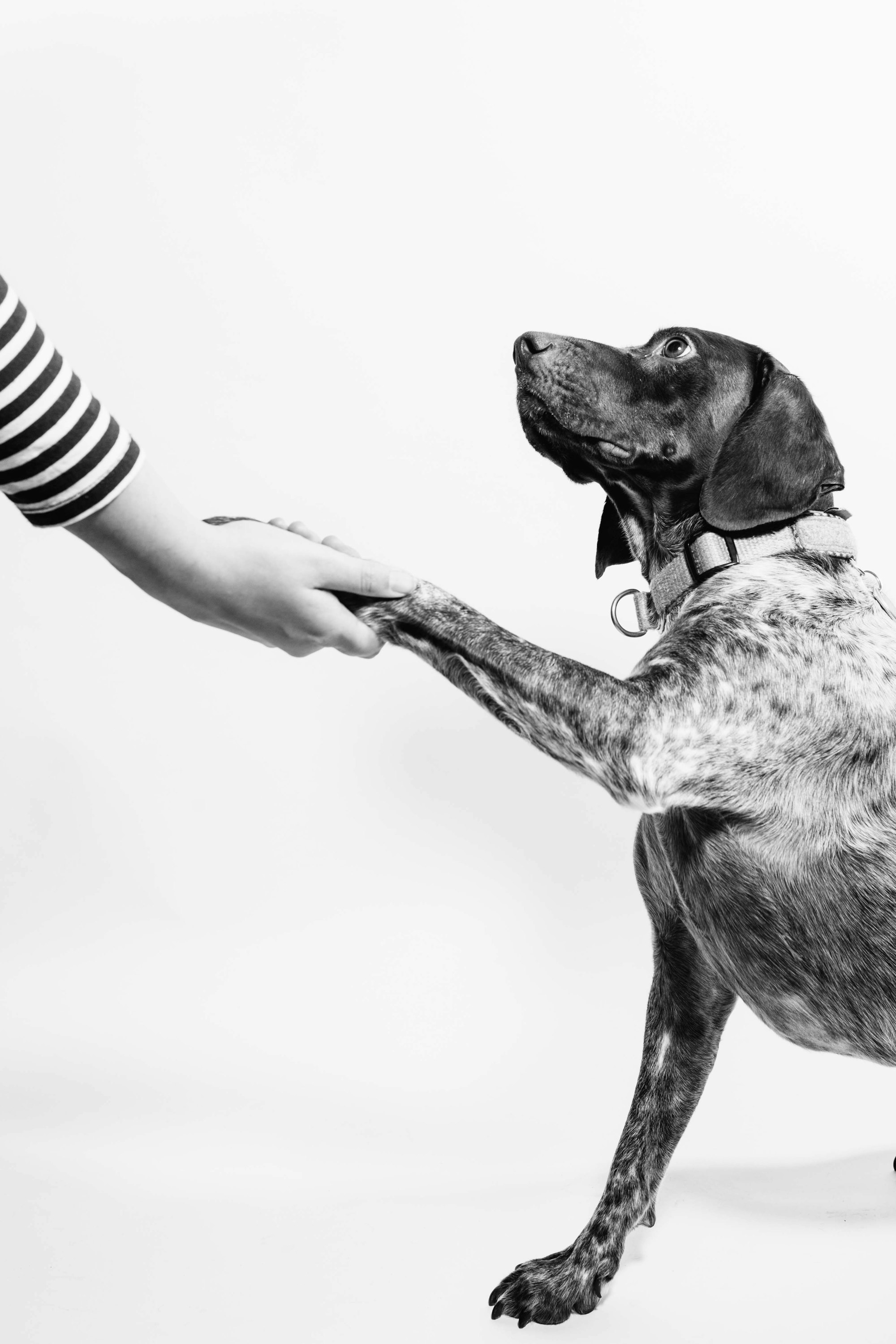When it comes to providing a comfortable and secure space for your furry friend, a dog crate can be a valuable addition to your home. But choosing the right size crate for your dog is a decision that requires careful consideration. In this comprehensive guide, we'll walk you through the process of understanding what size crate is best for your dog, with expert tips and real-life examples to help you make the right choice.
Why Does Crate Size Matter?
Before delving into the specifics of crate sizing, let's understand why it's essential to get this right. A properly sized crate offers several benefits to both you and your dog:
- Comfort: A crate that's too small can make your dog feel cramped and uncomfortable. On the other hand, a crate that's too large may not provide the security and den-like feeling that dogs naturally crave.
- Safety: The right-sized crate ensures your dog can stand, turn around, and lie down comfortably. It prevents them from getting stuck or injured while inside.
- Effective Crate Training: If you're crate training your dog, the correct size is crucial for success. A well-fitted crate can make the training process smoother and more effective.
Now that we understand why crate size matters, let's move on to determining the ideal size for your four-legged friend.

How to Measure Your Dog for a Crate
- Measure Your Dog's Length: Start by measuring your dog from the tip of their nose to the base of their tail. Add a few inches to this measurement to ensure they have enough room to stretch comfortably.
- Measure Their Height: Have your dog stand up and measure from the top of their head to the ground. Again, add a few inches to this measurement.
- Consider Their Weight: Your dog's weight is an essential factor when choosing a crate size. Different crates are designed for various weight ranges, so be sure to check the manufacturer's recommendations.
Now that you have these measurements, you can start exploring crate options that match your dog's size.
Choosing the Right Crate Size
When selecting a crate, you'll encounter various options, including small, medium, large, and extra-large sizes. Let's break down the guidelines based on your dog's size:
Small Dogs (e.g., Chihuahuas, Pomeranians)
For petite pups, a small-sized crate is usually the best choice. Look for a crate that offers enough room for them to stand up, turn around, and lie down comfortably. Remember, small dogs may feel overwhelmed in a crate that's too large.
Medium Dogs (e.g., Beagles, Bulldogs)
Medium-sized dogs require a crate that provides ample space for movement. A medium-sized crate is typically suitable, allowing them to stretch and shift positions comfortably.
Large Dogs (e.g., Labrador Retrievers, German Shepherds)
Larger breeds need more substantial crates to accommodate their size. Consider a large or extra-large crate that allows them to move freely without feeling confined.
Extra-Large Dogs (e.g., Great Danes, Saint Bernards)
For giant breeds, like Great Danes, an extra-large crate is essential. These dogs need plenty of room to stretch out fully, stand up, and turn around with ease.
Safety Tips for Crate Use
Now that you've chosen the right crate size for your dog, here are some essential safety tips to keep in mind:
- Use Proper Bedding: Provide comfortable bedding, such as a soft mat or blanket, to make the crate cozy for your dog.
- Avoid Overcrowding: Don't overfill the crate with toys and accessories. Leave enough space for your dog to move.
- Introduce Gradually: If your dog is new to crate training, introduce the crate gradually and associate it with positive experiences.
- Never Use as Punishment: Never use the crate as a form of punishment. It should be a safe and comfortable space for your dog.
- Monitor Temperature: Ensure the crate is in a comfortable location, away from extreme temperatures and drafts.
Dog Crate Size Chart
To make the process even more straightforward, here's a quick reference chart that summarizes the recommended crate sizes for different dog breeds based on their typical weight and height:
| Dog Breed | Weight (lbs) | Height (inches) | Recommended Crate Size |
|---|---|---|---|
| Shih Tzu | < 10 | < 12 | Small |
| Beagle | 20-30 | 13-15 | Medium |
| Labrador | 55-80 | 21-24 | Large |
| Great Dane | 140+ | 28+ | Extra-Large |
Remember that these are general guidelines, and individual dogs may have unique requirements. Always measure your dog and consider their comfort when selecting a crate size.
Caring for Your Dog Beyond Crate Size
While choosing the right crate size is a critical aspect of your dog's well-being, there are several other factors to consider when providing comprehensive care for your furry friend. Here are some additional tips and insights to ensure your dog lives a healthy and happy life:
1. Nutrition and Dog Probiotics
Proper nutrition is the foundation of your dog's health. Ensure you provide a balanced diet that meets their specific needs based on their age, breed, and activity level. Additionally, consider incorporating dog probiotics into their diet to promote a healthy gut and overall well-being.
2. Melatonin for Dogs
Just like humans, dogs can experience anxiety and sleep issues. Melatonin supplements, when administered under veterinary guidance, can help alleviate anxiety and improve sleep quality in dogs. Consult your veterinarian before introducing any supplements.
3. Pill Pockets for Dogs: Medication Made Easy
Administering medication to your dog can be challenging. Pill pockets, specially designed treats with hidden pockets for pills, can make the process smoother and more enjoyable for both you and your dog.
4. Dealing with Flea Bites on Dogs
Flea infestations can cause discomfort and health issues for your dog. Regularly check for signs of fleas and promptly address any issues with appropriate flea prevention and treatment methods.

5. Understanding Dew Claws
Dew claws are the small, extra claws located on the inside of your dog's leg. While not all dogs have them, understanding their purpose and potential risks can help you make informed decisions about dew claw care.
6. Dogs Stem Cell Therapy: Advanced Care Options
In recent years, stem cell therapy has emerged as an advanced treatment option for certain dog health conditions. Consult your veterinarian to explore whether this therapy could benefit your dog if they are dealing with specific health issues.
By staying informed and taking proactive steps to address your dog's unique needs, you can ensure they lead a happy and healthy life. Remember to consult with your veterinarian for personalized advice and guidance on various aspects of your dog's care, including nutrition, health, and overall well-being.
Creating Lifelong Memories with Your Canine Companion
As you embark on the journey of responsible pet ownership, it's important to cherish every moment with your furry friend. Dogs are more than just pets; they are loyal companions, playmates, and members of your family. Here are some additional tips and insights to create lasting memories with your canine companion:
1. Regular Exercise and Playtime
Dogs thrive on physical activity and mental stimulation. Make time for daily walks, play fetch in the park, or engage in interactive games like tug-of-war. These activities not only keep your dog healthy but also strengthen your bond.
2. Socialization Matters
Expose your dog to different people, animals, and environments to help them become well-adjusted and confident. Puppy socialization classes and regular outings to dog-friendly places can make a significant difference in your dog's behavior.
3. Positive Reinforcement Training
Training your dog using positive reinforcement techniques fosters trust and cooperation. Reward good behavior with treats and praise, and be patient and consistent in your training efforts.
4. Health Checkups
Regular veterinary checkups are essential to monitor your dog's health and detect any potential issues early. Keep up with vaccinations, dental care, and preventive treatments for conditions like heartworm and fleas.
5. Grooming and Hygiene
Regular grooming, including brushing, bathing, and nail trimming, helps keep your dog clean and comfortable. It also provides an opportunity for bonding and trust-building.

6. Quality Time Together
Dogs are social animals that crave companionship. Spend quality time with your dog, whether it's cuddling on the couch, enjoying outdoor adventures, or simply being present in their life.
7. Safety First
Ensure your home and surroundings are safe for your dog. Remove hazards, secure fences, and keep harmful substances out of reach. A safe environment contributes to your dog's well-being.
8. Love and Affection
Above all, shower your dog with love and affection. Dogs are incredibly intuitive and can sense your emotions. Your love and care will be reciprocated with loyalty and unconditional love.
9. Capture the Moments
Dogs' lives are relatively short compared to ours, so make sure to capture precious moments with photos and videos. Create a scrapbook or digital album to commemorate your shared adventures.
10. Be Present in Their Lives
Dogs live in the moment, and they appreciate your presence more than anything else. Put away distractions, be attentive to their needs, and savor the joy of having a faithful companion.
Conclusion:
In conclusion, choosing the right crate size for your dog is a fundamental step in ensuring their comfort and safety. Beyond crate considerations, remember that a holistic approach to care encompasses proper nutrition, anxiety management, medication ease, flea prevention, dew claw awareness, and advanced therapy options. Furthermore, the addition of Fi Dog Collars enhances your dog's well-being by offering real-time GPS tracking and activity monitoring. Together, these elements contribute to a fulfilling and healthy life for your beloved canine companion. Cherish every moment, prioritize their needs, and create lasting memories filled with love and joy.






